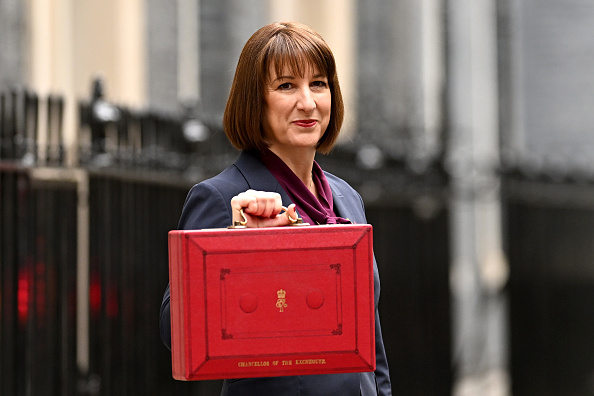The R&D Tax Credit Scheme is a government incentive designed to encourage innovation in UK industries, with claims via the scheme totalling nearly £2.5 billion last year.
However, out of an industry of 290,000 businesses, only 480 construction companies made a claim via the scheme in 2014-15.
Despite contributing 7 per cent of UK GDP, construction accounts for just 0.9 per cent of total R&D Tax Credit claims, with the industry averaging just £23 million per year over the past three years.
Perception problem
The recent Farmer Review of construction asserts that the low level of claims made via the R&D Tax Credit Scheme is evidence of the industry’s lack of innovation.
But after nearly three years of 100 per cent success in making R&D Tax Credit claims for construction clients, including one medium-sized engineering company claiming £664,000 over the past three years, director of business consultancy Invennt Tim Fitch argues that construction is innovative, and the problem is based on the perception of what R&D means.
Fitch says, ‘Unfortunately, most people think that ‘real R&D’ is carried out in laboratories by people in white coats.
‘But whether you’re overcoming specific ground conditions, adapting equipment, creating new processes or developing better, safer, or greener methods of construction, you are almost certainly undertaking R&D.’
Unlocking innovation
Even if innovation accounted for just 1 per cent of UK construction industry turnover – and Invennt’s work with clients has shown it is typically several times this – then for an industry worth more than £145 billion per year, that is potentially over £1 billion in R&D Tax Credit claims that could be made by the construction industry every year.
Fitch believes that calls in the Farmer Review for the industry – especially the housing sector – to invest more in innovative products and processes such as pre-manufactured and volumetric construction could be instantly realised if companies started claiming R&D Tax Credits for the work they are already doing.
Fitch continues, ‘Invennt’s work has shown that every day on projects up and down the country, innovative solutions are devised to overcome technical challenges.
‘If companies were to actually claim R&D Tax credits for the work they are already doing, this could unlock a huge wall of cash to further invest in the innovation that the Farmer Review calls for.’
SMEs opportunity
Under the RDEC scheme, larger construction industry companies can claim up to 8.8 per cent of their expenditure classified as R&D back from the HMRC.
While this may not sound like much, when all innovative activity in major engineering and construction is properly recorded as R&D, this can still amount to millions of pounds.
Companies claiming via the SME scheme, meanwhile, can receive up to a third of all their R&D expenditure as money back from HMRC.
Fitch concludes, ‘These large businesses are less than 20 per cent of the turnover of the whole sector (£145 billion in 2015). SMEs therefore make up 99.99 per cent of the construction industry by number and 80 per cent by turnover. If SMEs properly claimed for the R&D Tax Credits they are owed, it could revolutionise the way the industry thinks about innovation.’
Further reading on tax credits





